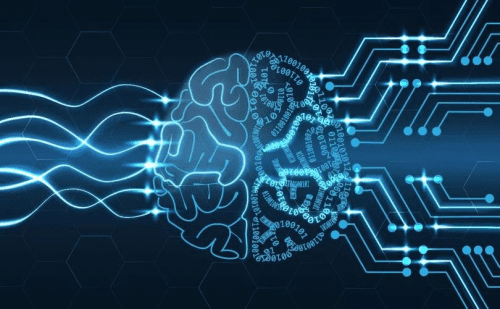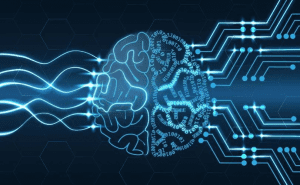AI experiment shows ‘mind-reading’ capability
人工智能实验显示出 “读心术 “能力
After waking up, you may feel frustrated you cannot recall the dreams you had last night. Artificial intelligence may be able to help.
如果醒来后记不得昨晚做的梦,你可能会觉得沮丧,而人工智能(AI)或许可以帮上忙。
Previously, there have been AI models that can turn text into images. They do this by learning from a large amount of data from both texts and images. This time, researchers from Osaka University in Japan have trained an AI system called Stable Diffusion to re-create images based on people’s brain scans, Science magazine reported.
此前,研究人员已创建出能够将文本转换为图像的AI模型,AI可以学习来自测试和图像中的大量数据,从而实现转换。据《科学》杂志报道,这一次,日本大阪大学的研究团队训练了一个名为“稳定扩散”的AI模型,基于人们的大脑扫描再生成图像。
The researchers used an online data set provided by the University of Minnesota, which consisted of brain scans from four participants as they each viewed a set of 10,000 photos. The scans were recorded by functional magnetic resonance imaging.
研究人员使用了美国明尼苏达大学提供的在线数据集,其中包括4名参与者观看一组10000张照片时的脑部扫描结果,该结果由功能性磁共振成像(fMRI)记录。
The AI then learned about the brain activities by analyzing changes in blood flow shown by the fMRI data — when a part of the brain is activated, more blood will flow to it. It then matched the brain activity with the photos.
随后,AI通过分析fMRI数据显示的血流变化了解大脑活动——大脑的一部分激活时,会有更多的血液流向该区域,而后便能将大脑活动与照片相匹配。
Through this method, AI learned how human brains would react when seeing different photos.
通过这种方法,AI了解到人类大脑观看不同照片时的反应。
Finally, the researchers tested the AI on additional brain scans from the same participants when they viewed photos of a toy bear, airplane, clock and train.
最后,在同一批参与者观看玩具熊、飞机、时钟和火车的照片时,研究人员对其进行了额外的脑部扫描。
If the person looked at an airplane, for example, the AI would use the brain scan data to create an image of a very blurry airplane. Then, it would turn on the previous “text-to-image” model and improve the quality of the image by feeding itself the keyword “airplane”.
例如,一个人看着一架飞机时,AI会使用大脑扫描数据生成一个非常模糊的飞机图像。然后,AI会启动之前的“文本转图像”模型,并给自己“喂”下“飞机”这一关键词,以提高图像的质量。

The final images were “convincing” to about 80 percent accuracy, according to the researchers.
据研究人员称,最终得到的图像“几可乱真”,且准确率高达约80%。
The new study created a novel approach that incorporates text and images to “decipher the brain”, Ariel Goldstein from Princeton University said.
美国普林斯顿大学的科学家Ariel Goldstein在接受《科学》杂志采访时表示,这项新研究创造了一种结合文本和图像来“破译”大脑的新方法。
In the future, scientists hope the technology can be used to record imagined thoughts and dreams or allow people to understand how differently other animals perceive reality.
未来,科研人员们希望这项技术可以用来记录幻想和梦境,或是让人们了解其他动物对现实的感知有何不同。








